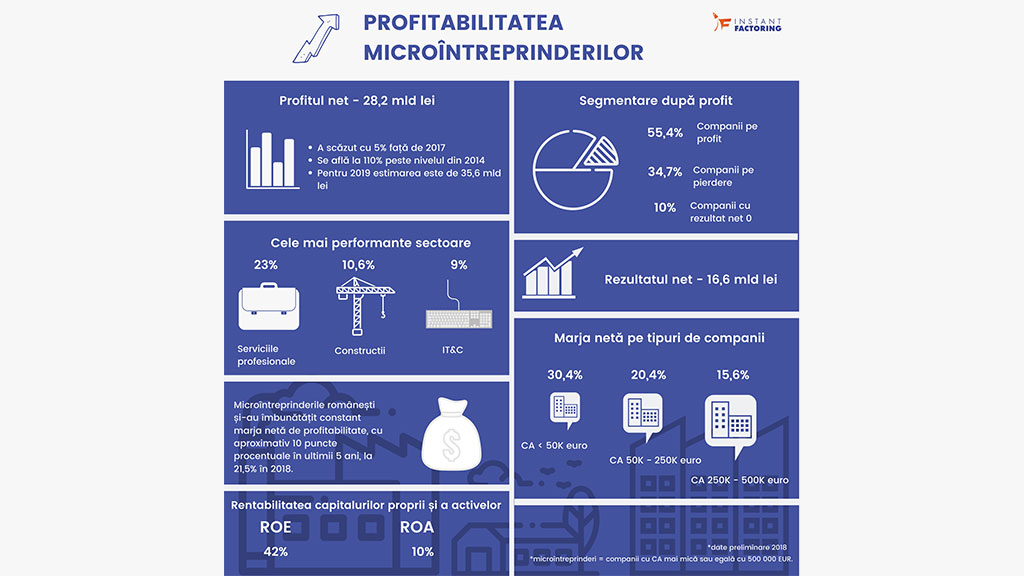Germany is a driving force for the economies of its neighbors via close trading links with them. Due to their weak industrial sectors, however, southern countries cannot benefit from Germany’s robust economic development or the ongoing boom in emerging markets. There is no obvious solution to this structural problem.
Germany’s strength creates the expectation that it will contribute to solving the European crisis, but is its strength sometimes overestimated. The attractivity and competitiveness of the German market is the objective of the new study launched today by Ernst & Young, A pillar of strength in troubled times – Germany attractiveness survey.
Germany ranks 1st most attractive FDI location in Europe–graphic attached
As by far the highest-ranking European location, Germany has gained one percentage point to 13%, but has slipped from fifth to sixth place overall having been overtaken by Russia this year. Having weathered the crisis, Germany is the only Western country to have positioned itself as a top global business location. The United Kingdom and France lie far behind Germany in the opinions of investors — not just on this global ranking, but also on perceived favorability for development opportunities. When asked which European business locations will be the most attractive over the next three years, more than one-half of those polled (56%) cited Germany, with only a quarter naming France or the United Kingdom.
The foundations of Germany’s attractiveness for FDI
After years of economic and social reform, leading to greater competitiveness and a more flexible labor market, the German economy is extremely flexible and resilient. This is now being acknowledged abroad, setting Germany apart from many other European countries in the eyes of foreign investors.
Foreign investors rate the infrastructure in Germany more highly than anything else. Of those polled, 88% described Germany as an attractive business location in terms of its transport infrastructure, with 60% rating it as very attractive. The telecommunications infrastructure rated only slightly less positively and Germany also scored particularly well on workforce skill and social climate. Germany has slightly improved on all of these factors since 2011.
Germany has made a significant leap in the area of “stability and transparency of the political, legal and regulatory environment”. Its approval percentage on this factor, which is one of the three most important in the eyes of investors, has risen from 72% to 80%. The attractiveness of the internal market — the most important criterion for a business location — was also rated more positively than in 2011 (increasing from 72% to 77%).
A remarkable increase in satisfaction can also be seen in the area of personnel and labor costs. In the previous year, 34% of respondents gave Germany a good rating — this figure is now 49%. The percentage of those who consider Germany to be “less attractive” or not at all attractive in this respect has simultaneously fallen from 55% to 41%. It remains to be seen whether, and if so how, the higher wage settlements expected for this year will affect the survey results in 2013.
Planned investment of foreign companies
Germany’s continued high rating as a business location should be reflected at least partially in companies’ plans concerning specific investments. 24% of the companies polled currently plan to invest in Germany.
Taking into account Germany’s sustained strong appeal as a business location overall, it is not surprising that the number of businesses potentially leaving the country is relatively low.
Most of the companies that had been considering relocating to a low-wage location for cost reasons made the move several years ago. While there will certainly be further relocations, the rate of relocation will fall, partly because costs in target countries — primarily in central and eastern Europe — have increased considerably, making relocating less attractive.
The outlook for Germany as business location
The managers polled expect Germany’s attractiveness as a business location to improve even further over the coming years: 50% anticipate some improvement, with only 12% predicting a (slight) deterioration. In contrast, the investors are less confident when it comes to Europe as a whole. Thirty-eight percent expect an improvement, while 22% predict that the situation will deteriorate.
One in three managers polled named the automotive industry in the top three drivers of growth, with the technology industry also expected to play a major role — listed by 29% of respondents as a significant growth driver. The energy (21%) and environmental technology industries (20%) rank considerably lower than these top two fields in managers’ opinions. The financial industry, consumer goods manufacturing and the construction sector were cited comparatively rarely.
Managers regard Germany’s high-quality research and development, followed by its stable business environment and the quality of its workforce, as the country’s most important competitive advantages. The present shortage of skilled employees could, however, become a major problem for Germany as a business location. Even though the current situation — in which companies have difficulty finding suitable personnel — is largely due to cyclical economic trends, it can still be assumed that the shortage of skilled employees will become increasingly severe in the medium and long term.
Germany’s future clearly depends on a strategy for innovation. In the respondents’ opinions, if Germany is to meet its aim of innovation leadership, it will have to improve basic and advanced training, especially in the field of new technologies, which will shape the economic world in the future to an even greater degree than at present
What are the implications for Romania?
With Germany as the top destination for Romanian exports, its future evolution in the EU context is crucial in terms of its direct impact for our country. It is important to keep in mind that, despite the success stories, the German economy is affected by the crisis — both through the global economy — and especially through the very tightly integrated European Union.
Following the trend of the past three years, Romanian exports to Germany have steadily grown. According to National Commission for Statistics, in the first 10 month of 2012, Germany was the top destination for foreign outbound trade, attracting 18.8% of total Romanian exports. It was followed by Italy (12.2%), and France (6.9%).
In the absence of immediate improvements in key competitiveness areas, such as infrastructure or public administration, exports will continue to be the main economic driver in the short and medium run. This is why it is essential to keep an eye on Germany’s evolution, as a major factor with direct impact on the Romanian economy in the following years.
About Ernst & Young
Ernst & Young is one of the world's leading professional services firms with approximately 167,000 employees in 728 offices across 140 countries, and revenues of approximately $24.2 billion in 2012. Our network is the most integrated at global level and its vast resources allow us to help our clients benefit from every opportunity. In Romania, Ernst & Young has been a leader on the professional services market since its set up in 1992. Our 450 employees in Romania and Moldova provide seamless assurance, tax, transactions, and advisory services to clients ranging from multinationals to local companies. Our offices are based in Bucharest, Cluj-Napoca, Timisoara, Iasi and Chisinau. For more information, please visit www.ey.com





























